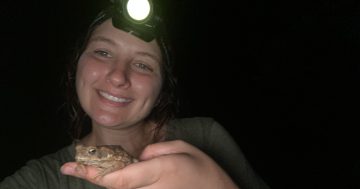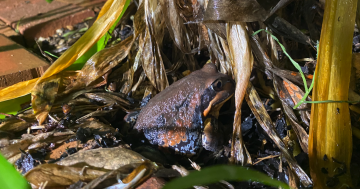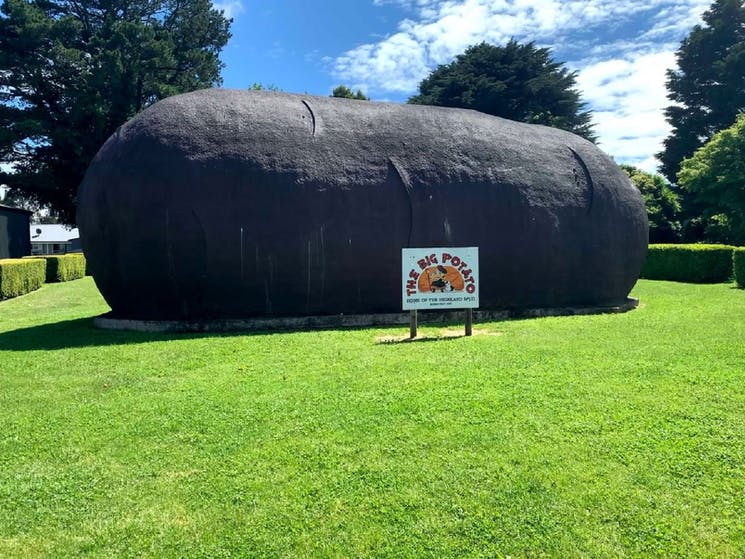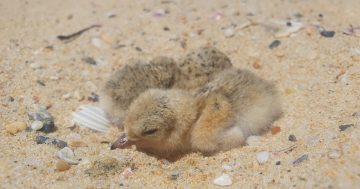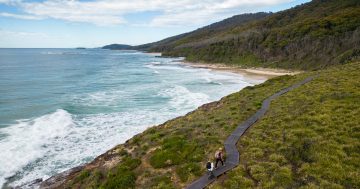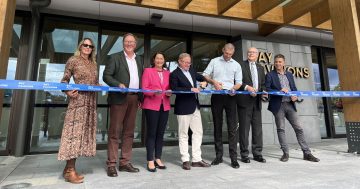About Regional readers have a deep connection with their surroundings, if the most-read environment articles of 2018 are anything to go by. Stories about the importance and value of the land and the sea are perennially popular, and this year was no exception. Tales of whales, brumbies, birds and cane toads also made appearances in this year’s coverage.
Here, we take a look back at some of the environment stories our readers loved most in 2018. They have a strong focus on the natural environment in the region and celebrate the initiatives, actions, animals and people that help make South East NSW a wonderful place to live.
10. The love and lottery of shorebird recovery on the Far South Coast
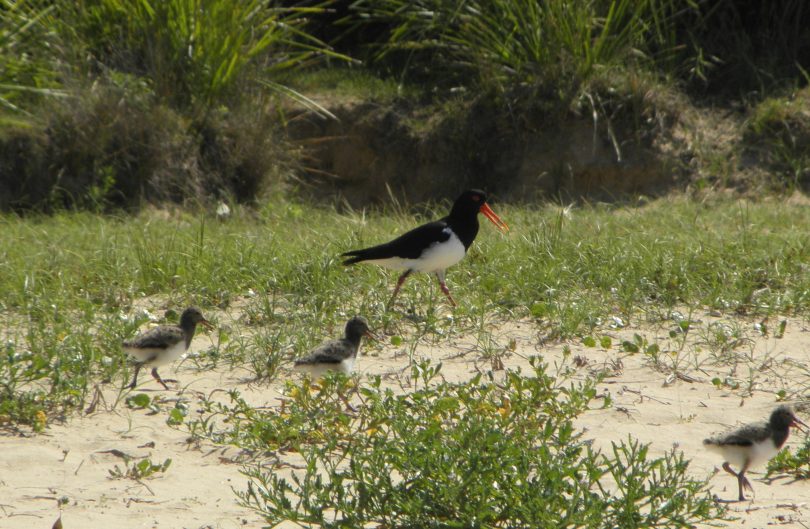
Photo: John Perkins.
Back in November, Elka Wood shared the efforts of volunteer group Friends of Durras to protect endangered shorebirds in the region.
The group has been working independently since 1994 and in cooperation with the National Parks and Wildlife Service since 1999. They battle the weather, predators and human behaviour to protect endangered species of shorebirds such as the pied oyster-catcher, little tern, and hooded plover.
Volunteers and staff watch over eggs first and then chicks for the duration of the breeding season – for about six weeks from early November to early December, when the baby birds fly.
9. Epic Sea to Snow Journey – shaping young people, celebrating local environment

Photo: Ian Campbell.
In September, Ian Campbell reported on eleven young people from the Bega Valley and Eurobodalla who were doing something quite different over their long weekend. The group was, at the time of writing, half way through a nine-day, 250 km trek from the sea of Dalmeny to the snow of Kosciusko National Park.
The Sea to Snow Journey was established by The Crossing Land Education Centre as an opportunity for high school students to engage with the natural environment.
8. Murramarang and Ben Boyd walking tracks to get a $12 million upgrade
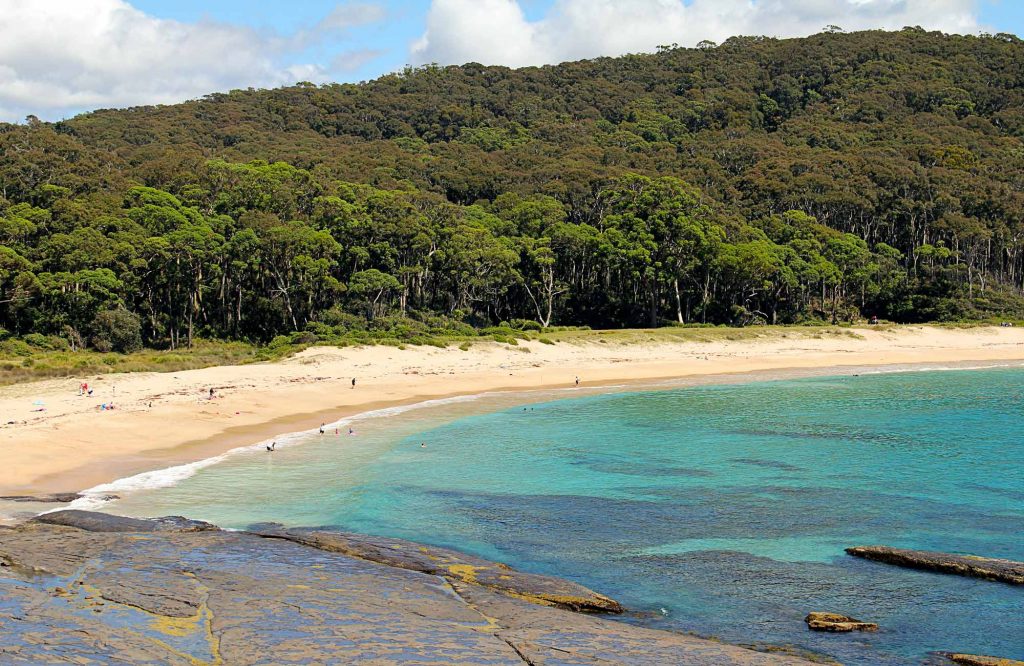
Photo: NPWS.
The news that access to some of the region’s special places was being improved was a favourite this year, when we reported in June that the NSW Government would spend almost $12 million in Murramarang and Ben Boyd national parks.
We reported that $8 million would be spent on the Light to Light Walk that links Ben Boyd’s Tower with the Greencape Lighthouse, south of Eden. While in the Eurobodalla, $3.6 million was allocated for the Murramarang South Coast Walk, a 39-kilometre, four-day walk that links Batemans Bay, Durras, Pebbly Beach, Kioloa and Bawley Point.
7. A sad farewell for whale mother and calf at Long Beach
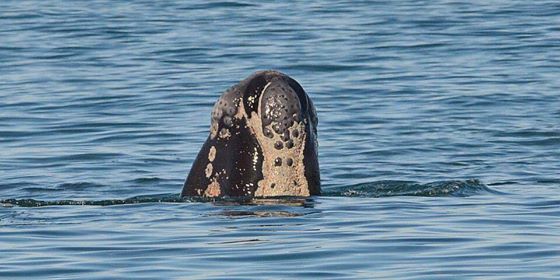
Photo: Robin Eckermann.
Locals were been spellbound by a 16-metre-long mum and her 6-metre baby who spent a fortnight in the region in July.
The two southern right whales made themselves at home in the sapphire waters north of Batemans Bay until they set off to look for their next safe harbour.
6. Cane toads in Canberra on the doorstep of southern NSW
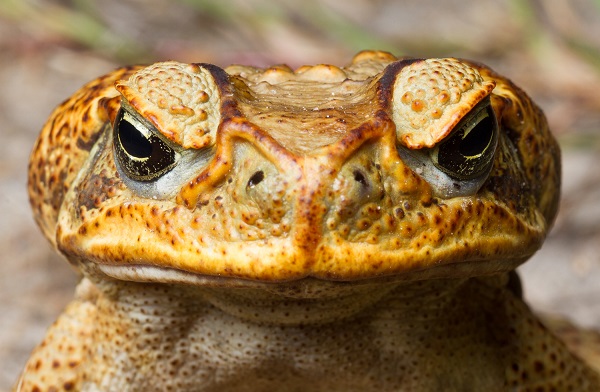
Photo: ACT Parks and Conservation.
Our neighbours in Canberra were asked to be on the lookout after a member of the public stumbled upon two rogue cane toads in October.
ACT Parks and Conservation director Daniel Iglesias said the toads were identified by the ACT Government biosecurity vet in what was believed to be a contained incident. He believed the toads may have hitched a ride to Canberra from Queensland on a vehicle but urged locals to remain on the lookout.
5. The ‘Last Stand’ for Corunna State Forest near Narooma

Photo: Sean Burke.
Conservationists were making their last stand for a section of Spotted Gum forest on the edge of Corunna Lake just south of Narooma in October. We reported that protesters had been a regular fixture at the site since the harvesting operation got underway in late September.
Early morning rallies implored the NSW Forestry Corporation to stop the operation for the sake of a white-bellied sea eagle nesting site within the state forest.
4. Mulga Bill’s Bicycle points the way for Snowy Mountain’s Brumby management

Photo: Supplied.
The connection and fondness many have for the brumbies of The Man From Snowy River was recognised at the highest level in May. NSW Deputy Premier and Member for Monaro John Barilaro flagged his intention to protect the heritage value and cultural significance of the Snowy Mountains brumby.
“The Minister for the Environment and I will introduce a Bill into the NSW Parliament that will recognise the heritage value of the brumby in Kosciuszko National Park and set a framework for protecting it,” he said.
But not all About Regional readers agreed that the Brumby Bill was a good idea.
3. Pambula sea urchin business taking local reefs from barren to balanced

Photo: South Coast Sea Urchins.
Did you know Pambula is home to a seafood trader that’s been hiding in plain sight since 2005?
Neither did Elka Wood, who visited Pambula business South Coast Sea Urchins in November. Despite the fact that it processes 35-60 tonnes of sea urchin roe in its factory each year, few people know that it’s there, or have tasted the bright orange-yellow roe, she wrote.
“We did a big recruitment a few months ago for our seasonal staff and that’s always what we hear: I didn’t know you existed!” says Kath Browne, who runs the business along with her husband Keith. But the food world certainly knows about the Brownes!
2. South Coast waters turn electric blue! Find out how to see it and capture it on film
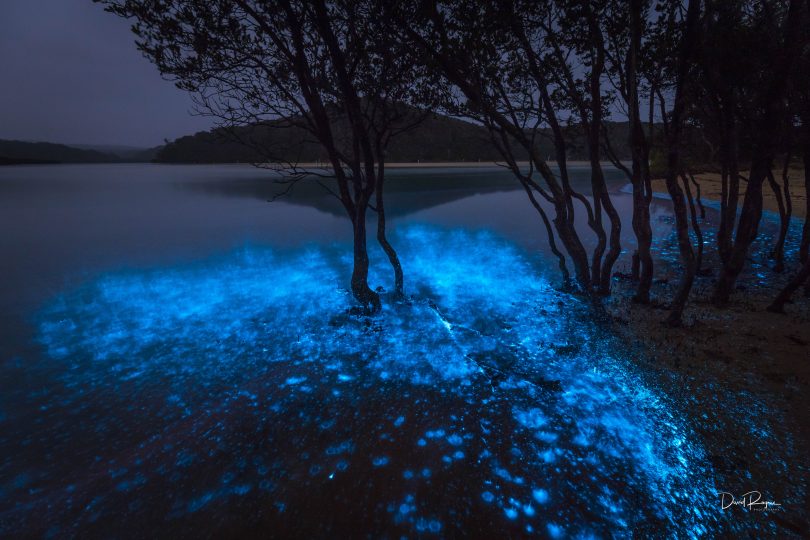
Photo: David Rogers.
An incredible natural phenomenon that turned the famous waters of the NSW Far South Coast a brilliant red by day and a luminescent blue at night was the number two environment story of the year on About Regional.
Communities from Tuross to Eden were witnesses to the colourful occurrence, which happens in the vicinity of river mouths following heavy rainfall, during the warmer seasons.
Did you see the bioluminescent event on the South Coast this year?
1. “Our Earth has lost a great man.” – Vale Tony Coote AM
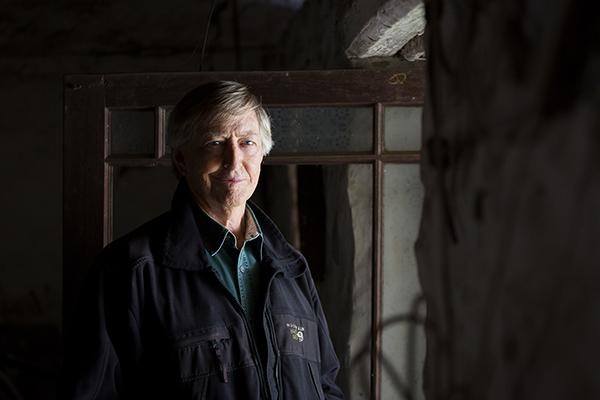
Photo: Tarwyn Park Training.
Alex Rea’s tribute to an outstanding leader in his work towards regenerating Australian landscapes was the top story under the Environment banner on About Regional this year. Tony Coote AM passed away in August, leaving an enormous legacy in his visionary commitment to the Australian landscape.
Tony Coote was the founder of the Mulloon Institute at Mulloon Creek Natural Farms. News of his passing came at a time when the thoughts of many were honed to devastating drought across large sections of Australia.
A statement from Gary Nairn AO, Chairman of The Mulloon Institute, said, “Tony Coote AM may have passed on to another place but he will live forever in the rehydrated landscapes that The Mulloon Institute will restore into the future.”
What were your favourite environment stories on About Regional this year?


